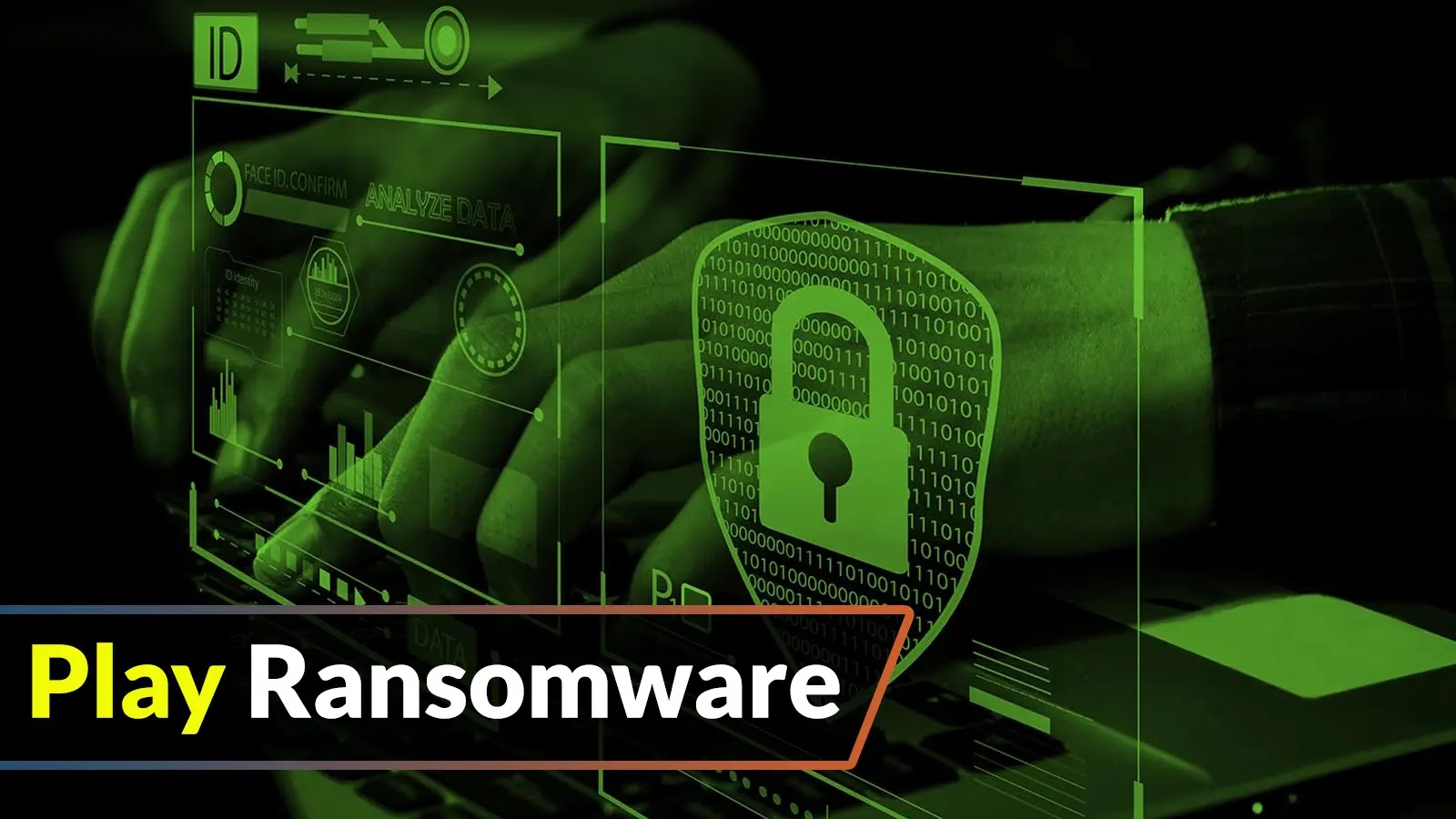If you’ve hung around the Bay Area tech scene, you’ve undoubtedly heard about the constant cyber threats. Aside from dodging scooters and trying to get the perfect lighting for your Golden Gate Bridge selfie, security has to be a big part of our conversation. In particular, I want to inform you about the recent cyber threats to ESXi servers. ESXi servers are like the penthouses of the tech world, hosting multitudes of virtual machines (VMs). That makes them a prime target for cybercriminals to gain access to abundant valuable information.
There’s an even darker side, though. Successful exploitation doesn’t just lead to data theft, it causes chaos. Criminals can deploy ransomware across many different platforms at once, wreaking havoc with both the organization’s operations and its pocketbook.
So, imagine my surprise when I read about a Linux variant of the Play ransomware attacking VMs’ playground, i.e., ESXi servers. The issue here is, earlier, Play was discriminative, limiting itself to non-Linux systems. But now, it’s an all-out open season with its potential victims becoming more diverse. Props to the cybersecurity researchers at TrendMicro for uncovering this!
The Play ransomware in question is a stealthy operator. It’s almost like it tiptoes around until it finds an ESXi environment to wreak havoc on. Next, it has a wild party, switching off the system for all VMs. It alters the wakeup messages to make it seem like nothing’s awry – a classic hit and run. So, before you know it, Play has not only invited itself in, but it’s also renamed all your precious encrypted files with a .PLAY extension. Way to leave an autograph, eh?
This subtle, underground operation surely was a pain, with substantial operational disruption and complicated data recovery efforts. The hooded figures behind Play even left a ransom note behind – just to make sure they’ve covered all their bases.
Delving deeper, it turns out Play didn’t swing this party alone. It has ties to another notorious cyber threat actor, Prolific Puma – the guys typically known for selling link-shortening software to fellow cybercrooks. Their connection emerged through the same patches of digital terrain hosting the ransomware, hinting at kind of inter-webs fraternity.
Sure, it’s easy to feel overwhelmed with this bad news. But hey, we’re from the Bay Area! We’re champions of change and innovation. So what can we do to protect ourselves against these threats?
Let’s start with the basics: Patch and update your ESXi environments regularly, folks. Keep a close eye on your system. Audit and rectify any ESXi misconfigurations and enforce robust access policies supported by multi-factor authentication.
Next, compartmentalize. Segment your critical systems and networks to help contain a possible breach. It’s like not putting all of your organic, farmer’s market eggs in one basket. Plus, if you don’t need it, disable it. If it seems unnecessary, turn it off to minimize the attack surface.
Never underestimate the power of solid offline backups. And most importantly, keep a close eye on your network. Deploy good security monitoring and develop solid incident response plans in case of a breach.
As a Bay Area native, I know that we’re all about resilience in the face of adversity. Let’s tackle these threats head-on and keep our cyber world secure. So whether you’re a healthcare provider protecting patient information or a cybersecurity expert creating the latest firewall, let’s ensure our ESXi environments are secure. Stay safe, stay strong, and let’s keep our tech spaces threat-free.
by Morgan Phisher | HEAL Security




